Can I Use Heating Pad on Back While Pregnant?
Pregnancy brings about numerous changes in a woman’s body, often leading to discomforts such as back pain. Many expectant mothers seek relief through various methods, including the use of heating pads. However, the question arises: can I use a heating pad on my back while pregnant? This article delves into the safety, benefits, potential risks, and best practices associated with using heating pads during pregnancy to help you make an informed decision.
Understanding Back Pain During Pregnancy
Common Causes of Back Pain in Pregnancy
Back pain is a prevalent issue among pregnant women, affecting up to 70% of expectant mothers. Several factors contribute to this discomfort:
- Hormonal Changes: The hormone relaxin is released to loosen ligaments in the pelvis, preparing the body for childbirth. However, this hormone also affects ligaments supporting the spine, leading to instability and pain.
- Increased Weight and Posture Shifts: As the baby grows, the additional weight shifts the center of gravity, causing strain on the lower back. Poor posture exacerbates this strain, resulting in persistent pain.
- Muscle Separation: The outward stretching of abdominal muscles can alter the spine’s alignment, increasing the risk of back pain.
When to Seek Medical Advice
While back pain is common, certain symptoms warrant medical attention:
- Severe Pain: Intense or unrelenting pain may indicate a more serious issue.
- Fever or Chills: These could signal an infection requiring prompt treatment.
- Pain Accompanied by Swelling or Redness: This may be a sign of deep vein thrombosis or other complications.
Consulting a healthcare provider ensures that back pain is appropriately managed and that any underlying conditions are addressed.
The Role of Heating Pads in Alleviating Back Pain
How Heating Pads Work
Heating pads provide localized heat therapy, which can help relax muscles, reduce stiffness, and improve blood flow to the affected area. The warmth alleviates discomfort by soothing tense muscles and promoting relaxation.
Benefits of Using Heating Pads During Pregnancy
Using a heating pad can offer several advantages for pregnant women experiencing back pain:
- Muscle Relaxation: Heat helps to loosen tight muscles, providing relief from tension-related pain.
- Improved Circulation: Enhanced blood flow promotes healing and reduces inflammation in sore areas.
- Stress Reduction: The comforting warmth can alleviate stress and contribute to overall well-being.
Potential Risks and Precautions
While heating pads can be beneficial, certain precautions are necessary to ensure safety during pregnancy:
- Temperature Control: Excessive heat can pose risks to both mother and baby. It is crucial to use low to medium settings to prevent overheating.
- Duration of Use: Limit application to 15-20 minutes at a time to avoid prolonged exposure to heat.
- Avoiding Direct Contact: Place a cloth or towel between the heating pad and the skin to prevent burns.
Can I Use a Heating Pad on My Back While Pregnant?
Safety Considerations
The short answer is yes, you can use a heating pad on your back while pregnant, provided you follow certain safety guidelines. It’s essential to use the heating pad correctly to minimize any potential risks to you and your developing baby.
Recommended Usage Guidelines
To safely use a heating pad during pregnancy, adhere to the following recommendations:
- Choose the Right Heating Pad: Opt for an electric heating pad with adjustable temperature settings. Avoid using hot water bottles or chemical heat packs, as they may not offer precise temperature control.
- Moderate Temperature: Set the heating pad to a low or medium setting. Excessive heat can elevate your body temperature, which is not advisable during pregnancy.
- Time Limits: Limit the application of the heating pad to 15-20 minutes at a time. Prolonged use can lead to overheating and dehydration.
- Protective Barrier: Always place a thin cloth or towel between the heating pad and your skin to prevent burns or irritation.
- Monitor Your Body’s Response: Pay attention to how your body reacts. If you experience increased discomfort, dizziness, or unusual symptoms, discontinue use and consult your healthcare provider.
Alternatives to Heating Pads
If you’re hesitant about using a heating pad, consider these alternative methods for relieving back pain during pregnancy:
- Cold Therapy: Applying an ice pack can reduce inflammation and numb sharp pain.
- Prenatal Massage: Gentle massages by a certified therapist can alleviate muscle tension and improve circulation.
- Proper Ergonomics: Maintaining good posture and using supportive chairs can prevent and reduce back pain.
- Exercise and Stretching: Regular, pregnancy-safe exercises strengthen back muscles and enhance flexibility.
Expert Opinions on Heating Pad Use During Pregnancy
Perspectives from Obstetricians
Many obstetricians agree that heating pads can be safely used during pregnancy when applied correctly. They emphasize the importance of controlling the temperature and limiting the duration of use to prevent potential risks such as overheating or dehydration.
Insights from Physical Therapists
Physical therapists often recommend heating pads as part of a comprehensive pain management plan for pregnant women. They suggest combining heat therapy with stretching exercises and proper posture techniques to maximize relief from back pain.
Recommendations from Certified Massage Therapists
Certified massage therapists highlight the benefits of heat therapy in enhancing the effectiveness of massages. The warmth from a heating pad can prepare muscles for massage, making the treatment more effective in reducing pain and promoting relaxation.
Best Practices for Using Heating Pads Safely
Selecting the Appropriate Heating Pad
When choosing a heating pad, consider the following factors:
- Adjustable Settings: Ensure the pad has multiple temperature levels to allow precise control.
- Auto Shut-Off Feature: This feature prevents the pad from remaining on for extended periods, reducing the risk of overheating.
- Size and Flexibility: A pad that contours to your back shape ensures even heat distribution and maximum comfort.
Proper Application Techniques
To use a heating pad effectively and safely, follow these steps:
- Preparation: Wrap the heating pad in a towel or cloth to create a barrier between the pad and your skin.
- Placement: Position the pad on the area where you feel pain, typically the lower back.
- Setting the Temperature: Start with a low setting and gradually increase if necessary, ensuring the heat is comfortable and not too intense.
- Duration: Limit each session to 15-20 minutes to prevent prolonged heat exposure.
- Monitoring: Regularly check the temperature of the pad and your skin to avoid burns.
Combining Heat Therapy with Other Treatments
Integrating heating pad use with other treatment modalities can enhance pain relief:
- Exercise: Incorporate gentle stretching or prenatal yoga to complement the muscle relaxation provided by heat therapy.
- Massage: Utilize massages in conjunction with heat therapy for deeper muscle relaxation and improved circulation.
- Ergonomic Adjustments: Modify your workspace or daily activities to support better posture and reduce strain on your back.
Potential Risks of Using Heating Pads During Pregnancy
Overheating and Its Implications
One of the primary concerns with heating pad use during pregnancy is the risk of overheating. Elevated body temperatures, especially in the first trimester, have been linked to neural tube defects and other developmental issues in the fetus. Therefore, it’s crucial to ensure that the heating pad does not cause your body temperature to rise excessively.
Skin Burns and Irritation
Improper use of a heating pad can lead to skin burns or irritation. This risk is heightened if the pad is used at high temperatures or left on for extended periods. Always use a barrier between the pad and your skin and adhere to recommended usage times to mitigate this risk.
Dehydration Risks
Prolonged use of heating pads can contribute to dehydration, particularly if combined with sweating caused by excessive heat. Dehydration poses risks such as low amniotic fluid levels and preterm labor. To prevent dehydration, stay hydrated by drinking plenty of water, especially if you are using heat therapy frequently.
Interference with Blood Flow
While heat therapy generally improves blood circulation, excessive heat can sometimes constrict blood vessels, leading to reduced blood flow. This can exacerbate discomfort and potentially affect the delivery of essential nutrients to your baby.
Alternative Pain Relief Methods During Pregnancy
Cold Therapy Options
Cold therapy, such as using ice packs or cold compresses, can provide effective pain relief, especially for sharp or acute pain. Unlike heat therapy, cold therapy helps numb the area and reduce inflammation.
Prenatal Yoga and Stretching Exercises
Engaging in prenatal yoga or gentle stretching exercises can strengthen the muscles supporting your back, improving flexibility and reducing pain. These activities also promote relaxation and stress relief.
Acupuncture and Acupressure
Alternative therapies like acupuncture and acupressure have gained popularity for managing back pain during pregnancy. These methods involve stimulating specific points on the body to alleviate pain and improve overall well-being.
Supportive Devices
Using supportive devices such as maternity belts, ergonomic chairs, or specially designed pillows can significantly reduce back strain. These tools help maintain proper posture and provide additional support to the back muscles.
When to Avoid Using a Heating Pad
High-Risk Pregnancy Conditions
Certain pregnancy complications make the use of heating pads inadvisable. Conditions such as preeclampsia, placental issues, or signs of preterm labor require immediate medical attention, and heat therapy should be avoided unless approved by a healthcare provider.
Specific Medical Advice
Always follow the guidance of your healthcare provider regarding the use of heating pads. If you have any medical conditions or concerns, consult your doctor before incorporating heat therapy into your pain management routine.
Signs of Overheating or Burns
If you notice any signs of overheating, such as dizziness, excessive sweating, or skin redness, discontinue the use of the heating pad immediately. Seek medical advice if necessary to ensure your safety and that of your baby.
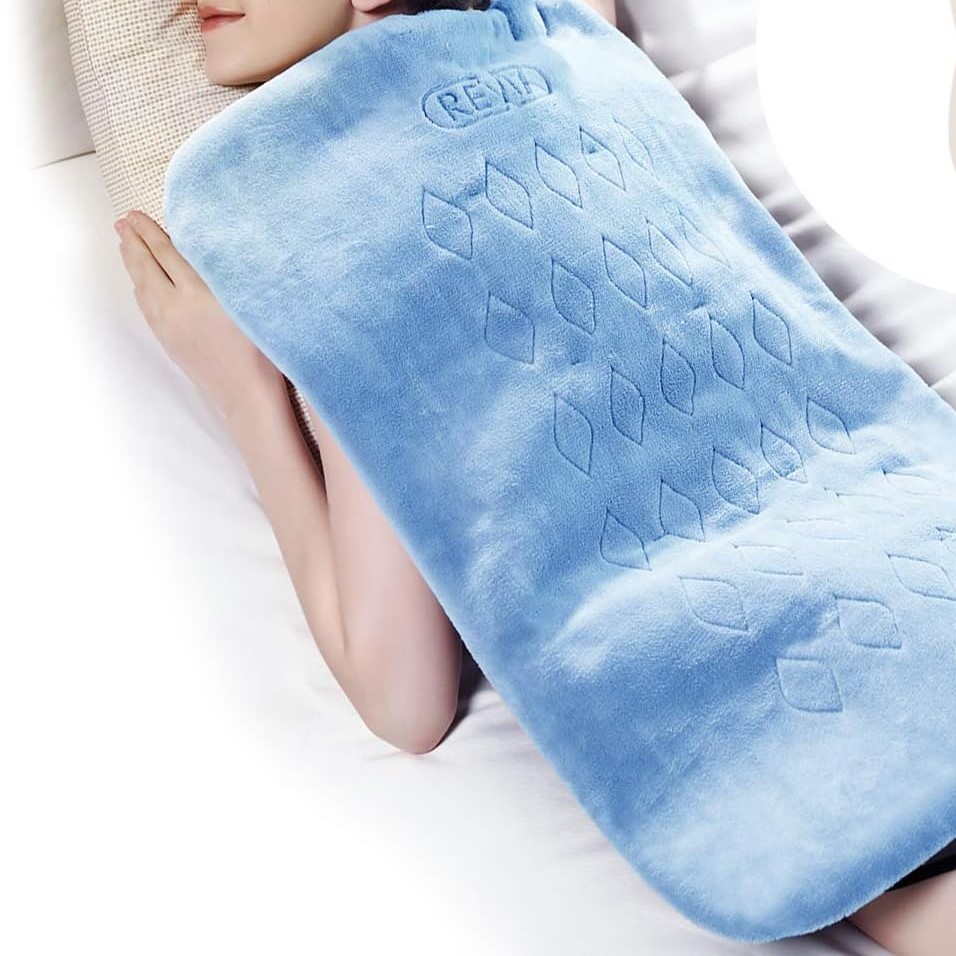 Frequently Asked Questions
Frequently Asked Questions
Can I Use a Heating Pad During All Trimesters?
While heating pads can be used during any trimester, it’s essential to exercise caution, particularly during the first trimester when the risk of neural tube defects is higher. Always maintain moderate temperatures and limit usage duration throughout pregnancy.
Are There Safer Alternatives to Heating Pads?
Yes, alternatives such as cold therapy, prenatal massages, and specific stretching exercises can provide effective pain relief without the risks associated with heat therapy. Discuss these options with your healthcare provider to determine the best approach for your situation.
How Often Can I Use a Heating Pad?
It’s generally safe to use a heating pad a few times a day, provided you adhere to the recommended temperature settings and limit each session to 15-20 minutes. However, consult your healthcare provider for personalized advice based on your individual health needs.
Can Heating Pads Affect My Baby?
When used correctly, heating pads pose minimal risk to the baby. The primary concern is preventing maternal overheating, which can indirectly affect fetal development. By following safety guidelines, you can safely use a heating pad without harming your baby.
What Should I Do If I Experience Adverse Effects?
If you experience any adverse effects such as burns, excessive sweating, dizziness, or increased pain, stop using the heating pad immediately and seek medical attention. Your healthcare provider can offer guidance and alternative pain relief methods tailored to your needs.
Final Thoughts on Using Heating Pads During Pregnancy
In conclusion, can I use heating pad on back while pregnant? Yes, you can, provided you follow essential safety guidelines to protect both yourself and your baby. Heating pads can effectively alleviate back pain during pregnancy by relaxing muscles, improving circulation, and reducing discomfort.
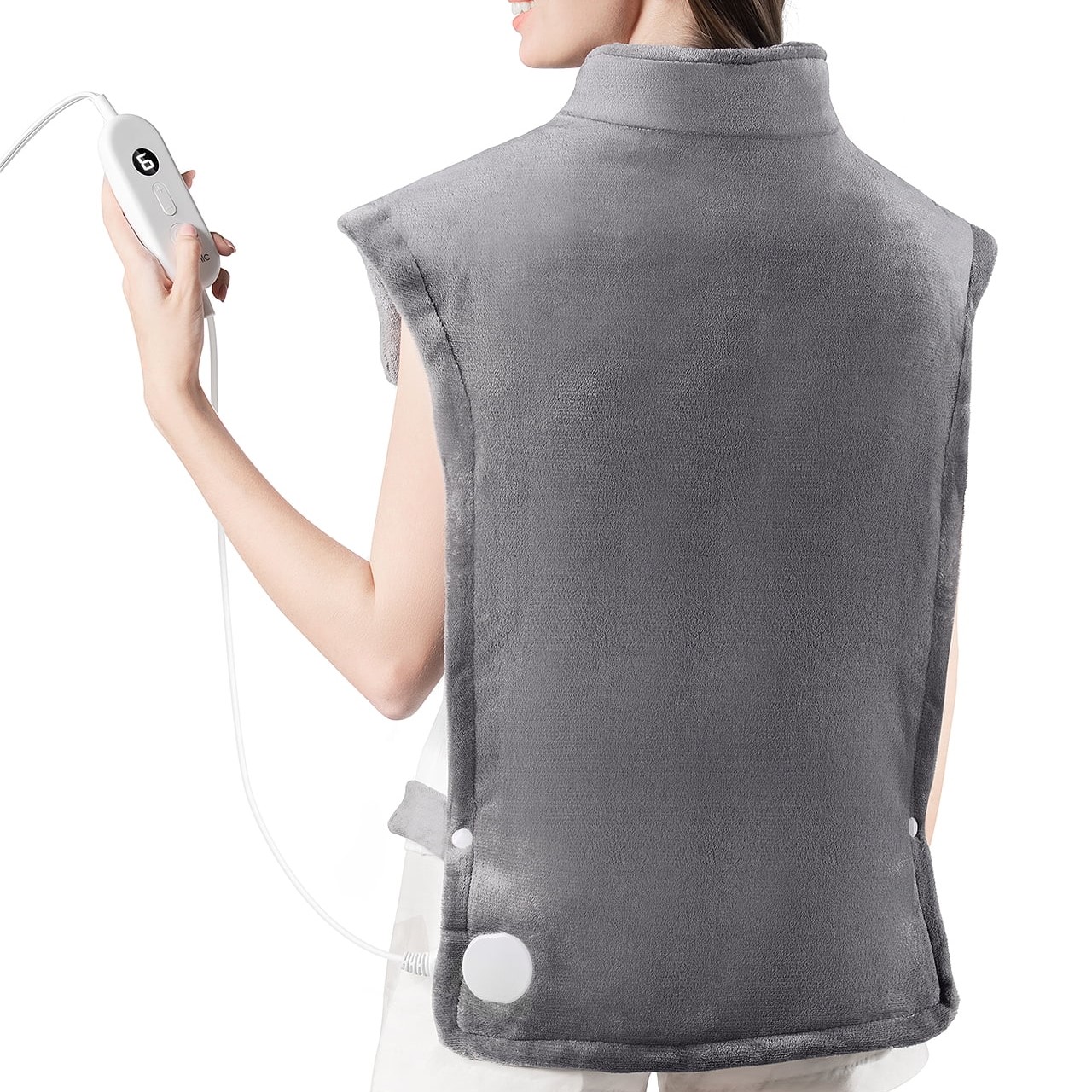
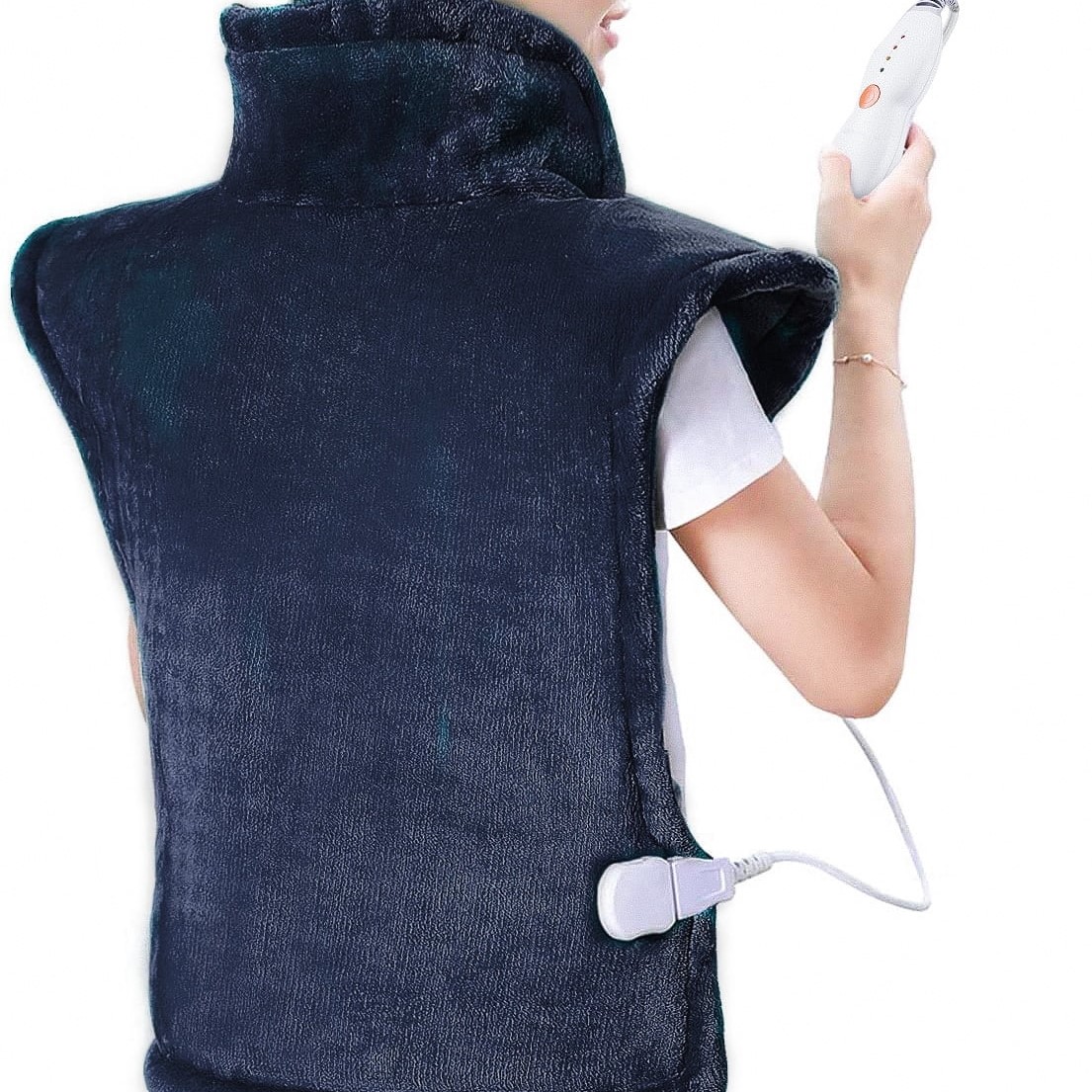
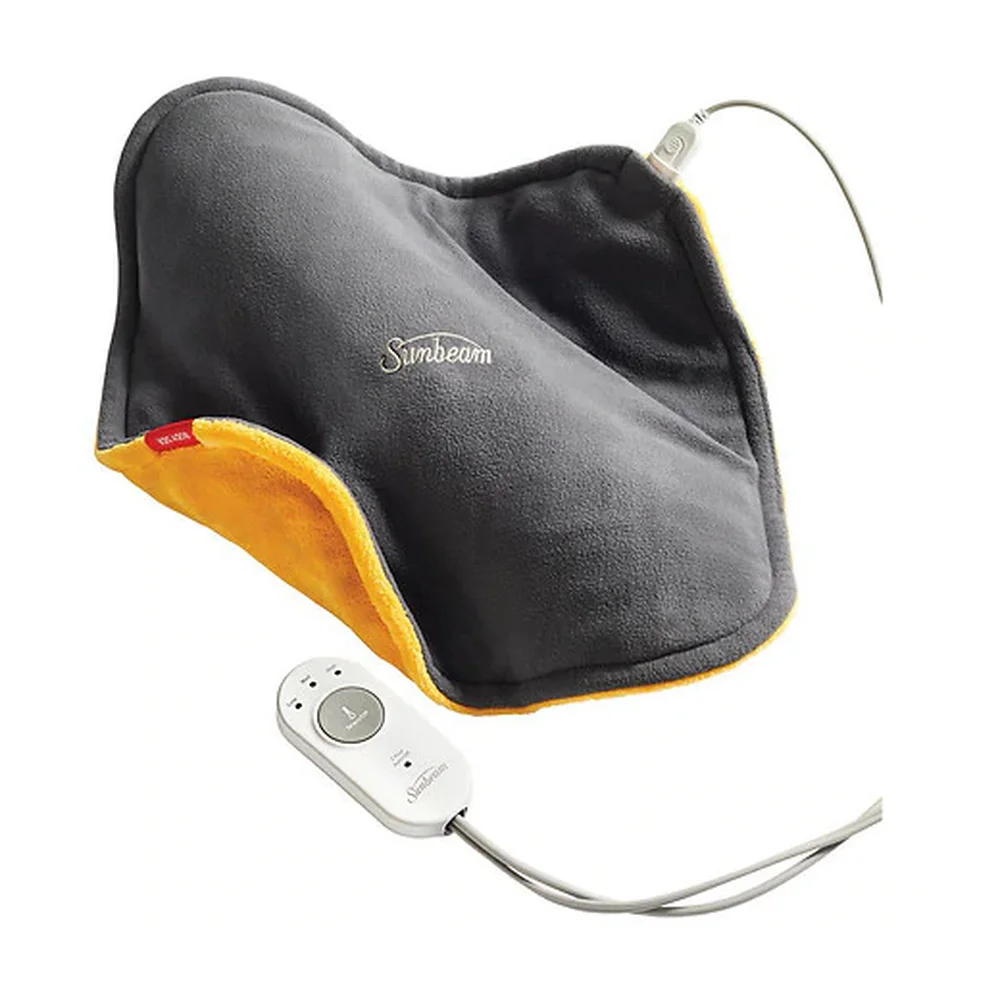
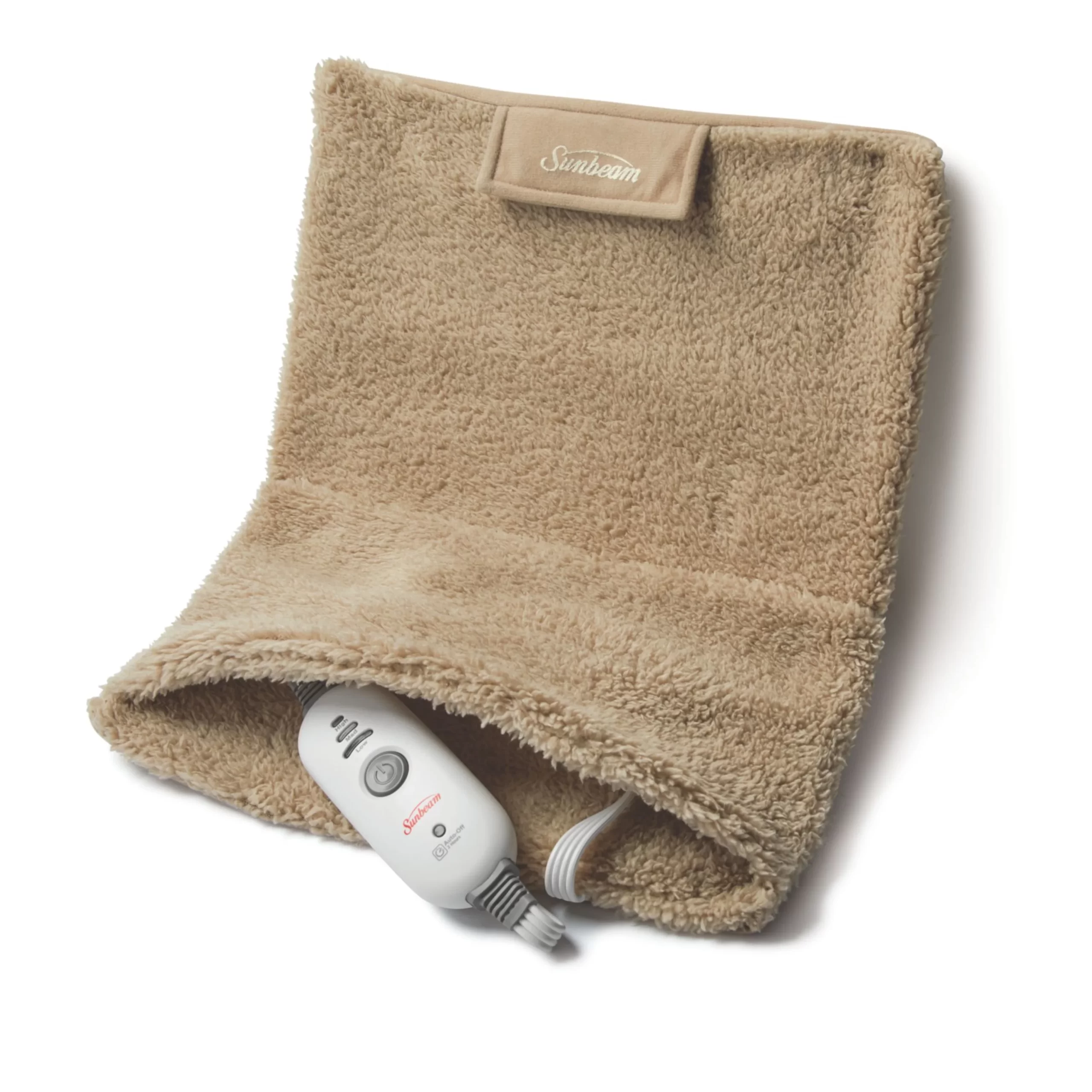
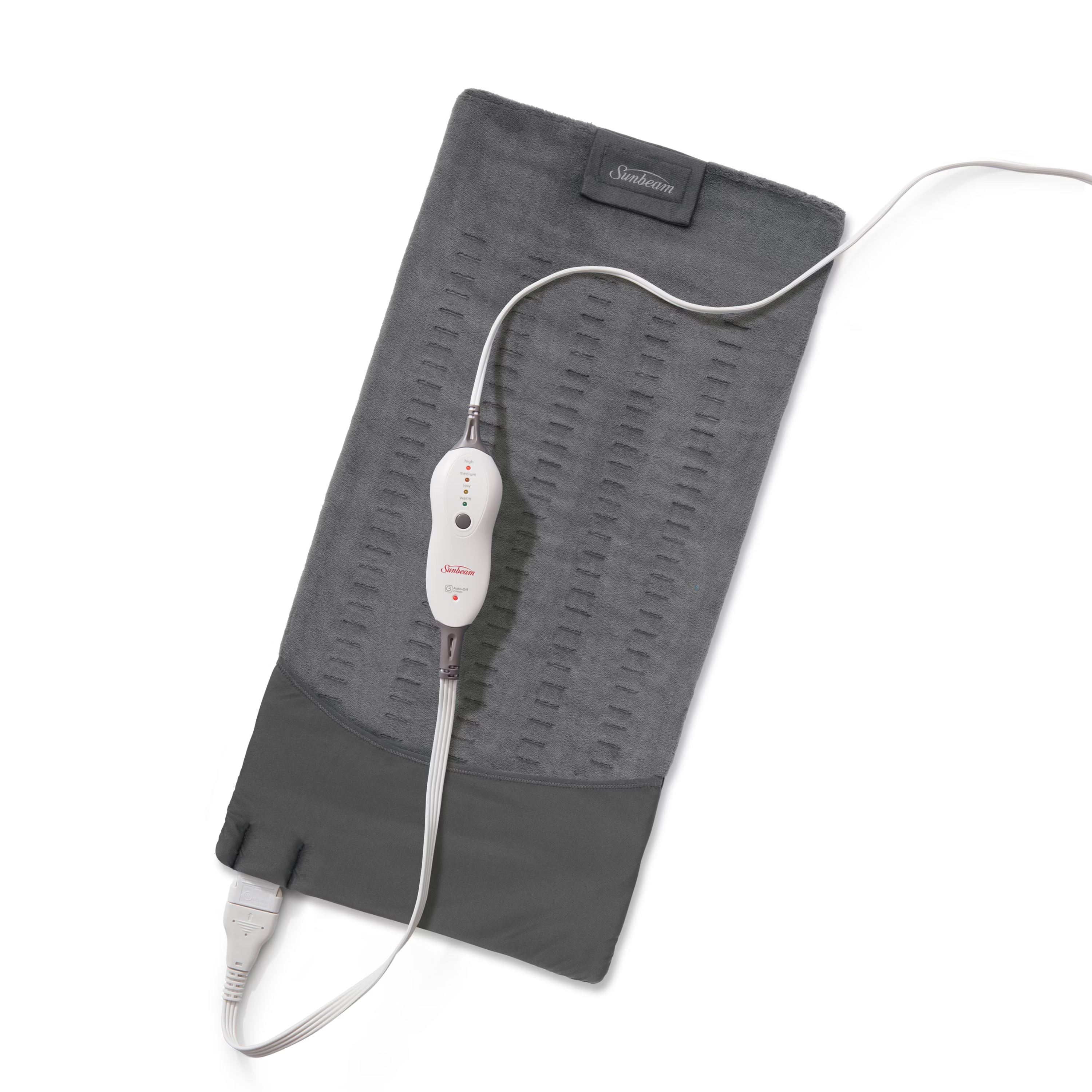
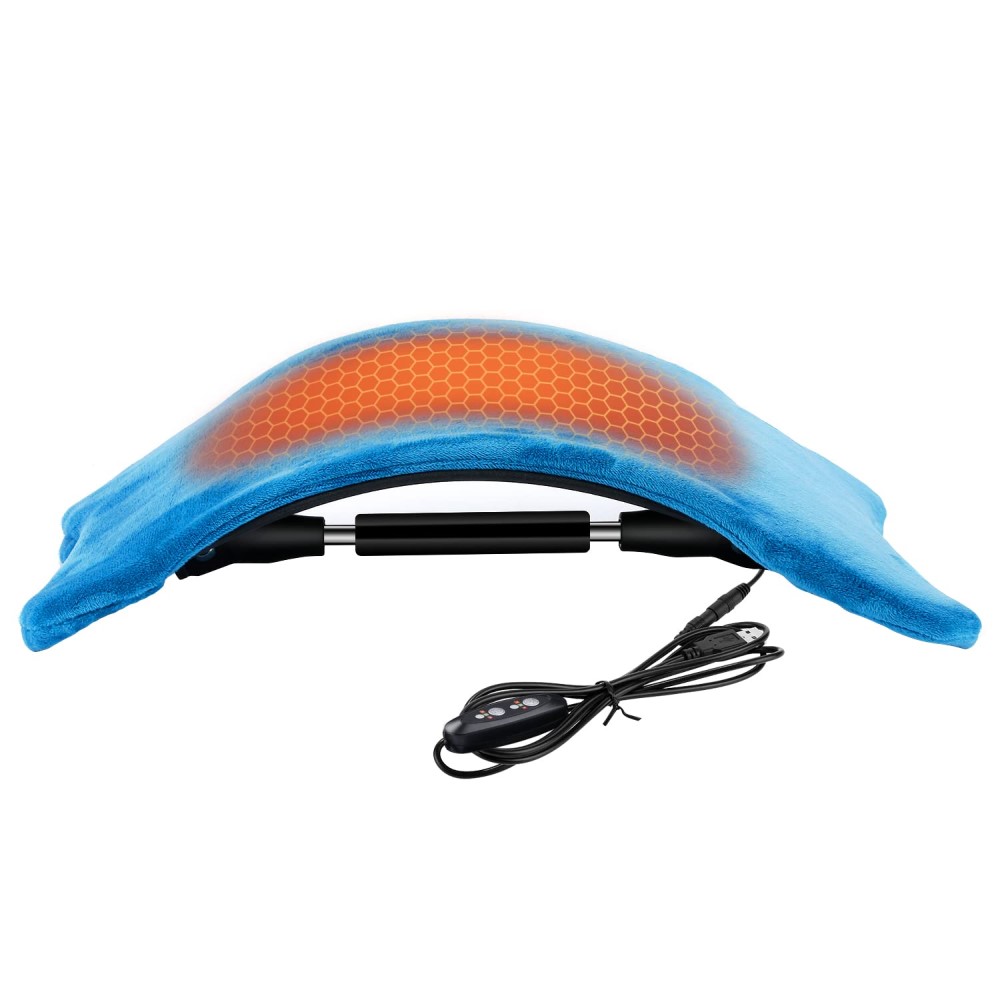
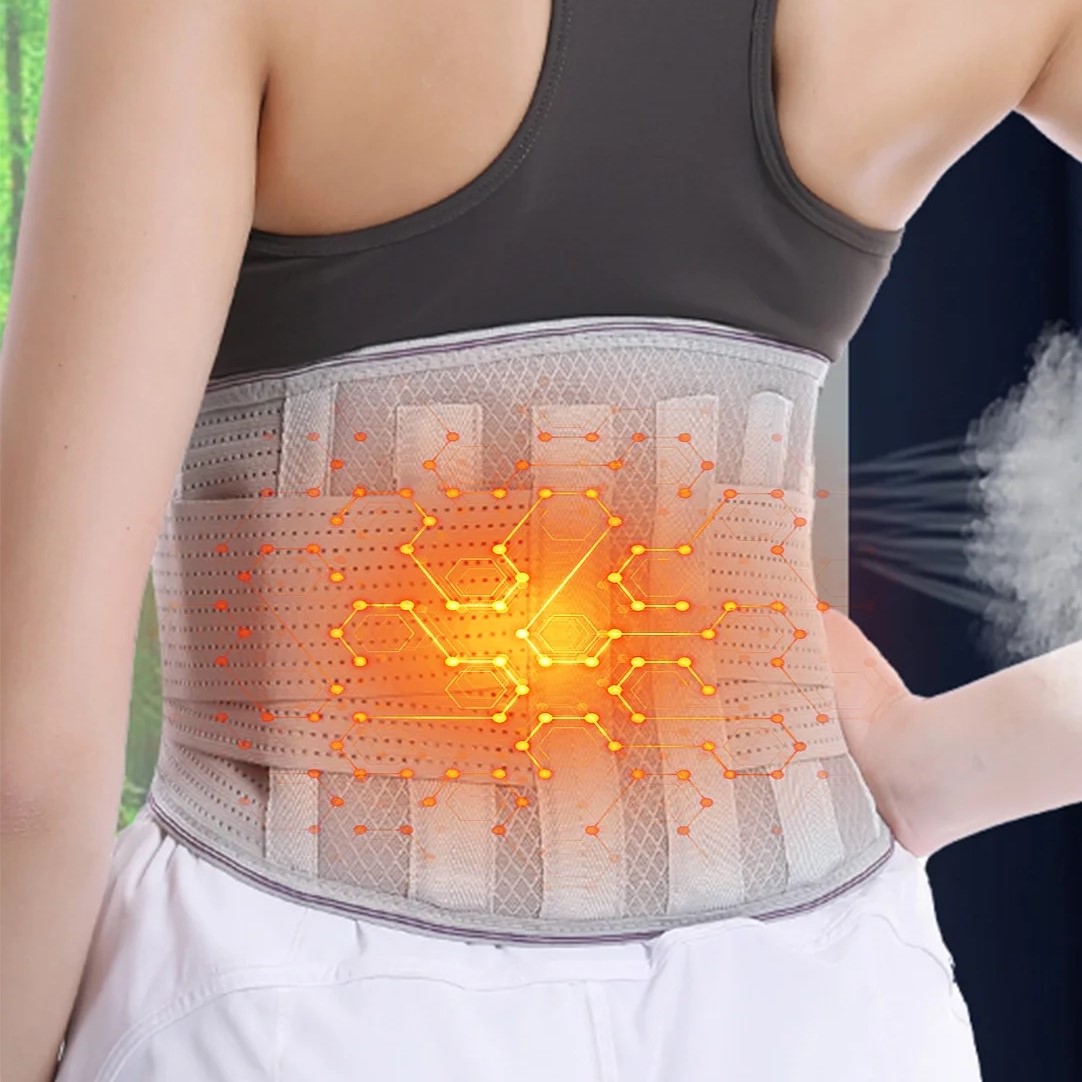
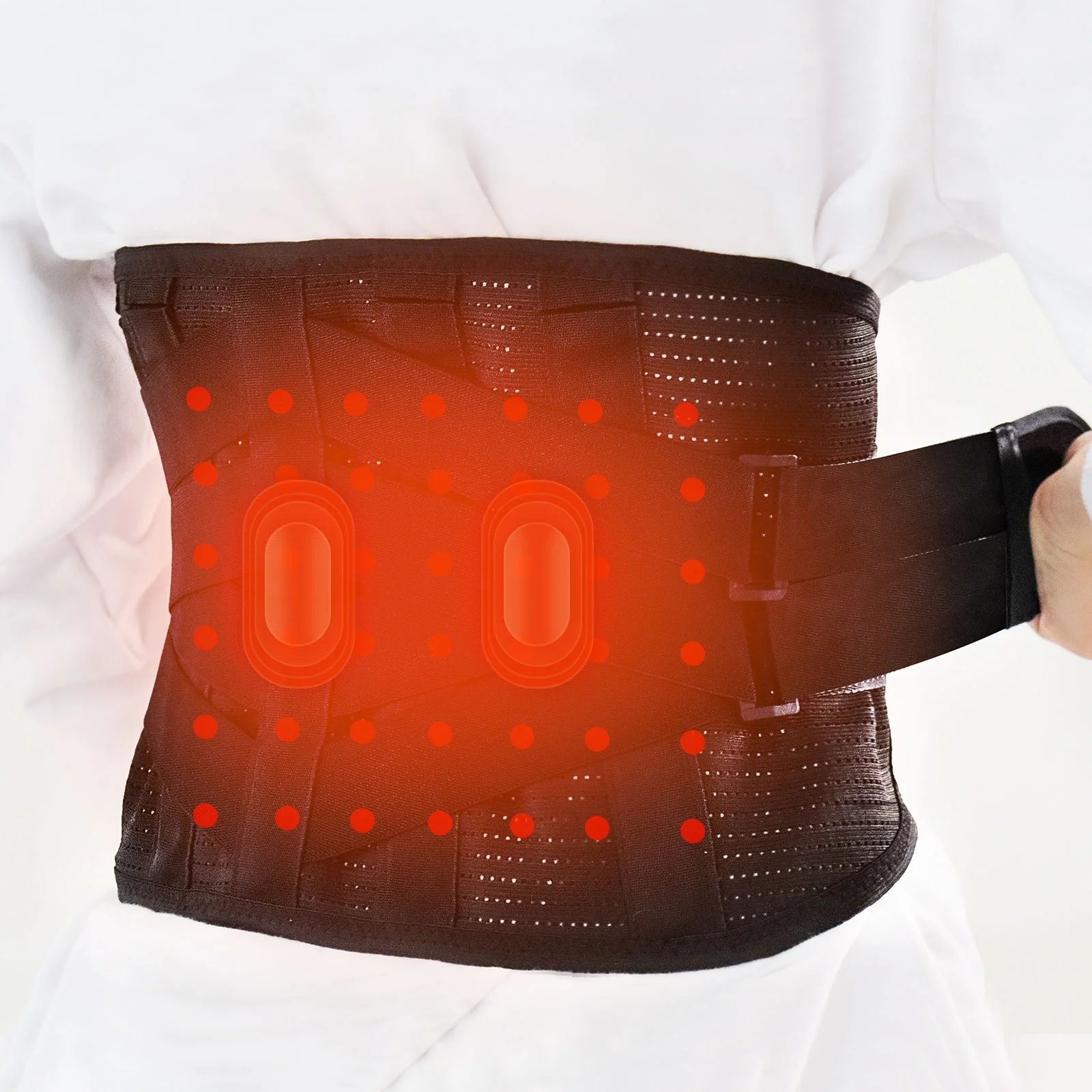 Adapting Sleep Positions to Ease Herniated Disc Pain
Adapting Sleep Positions to Ease Herniated Disc Pain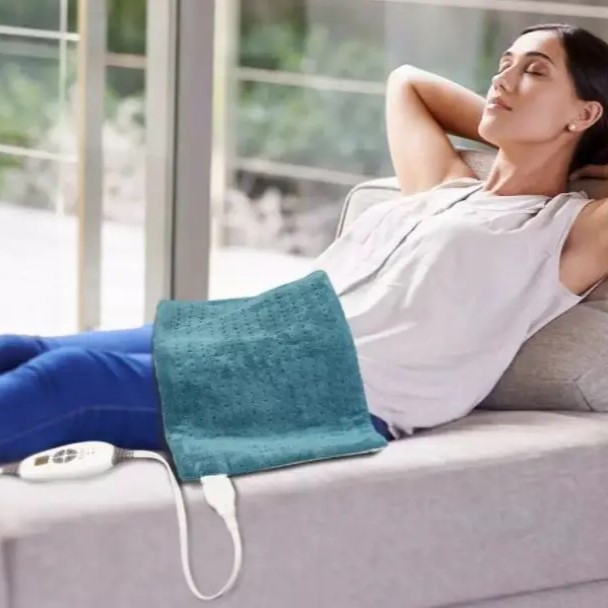
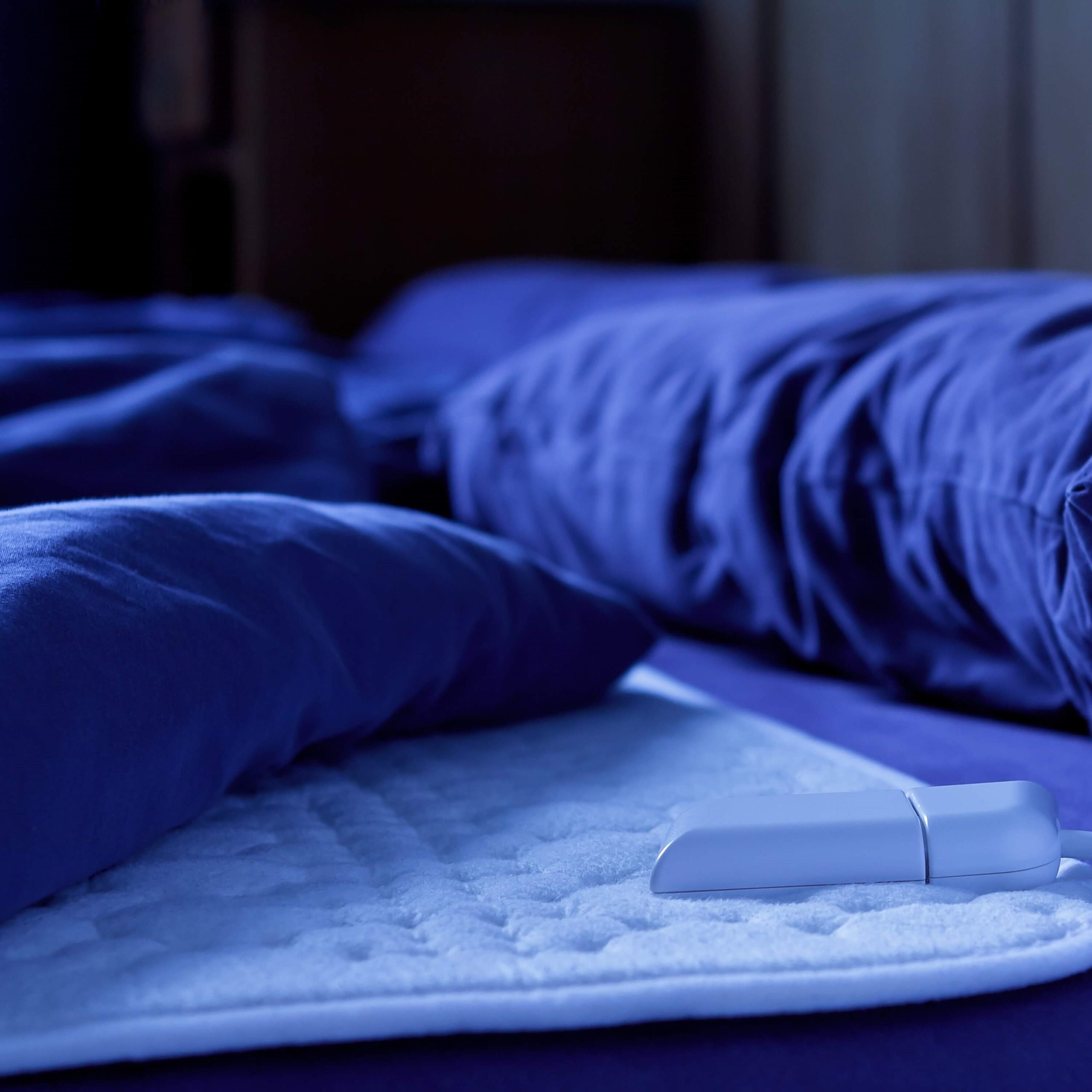
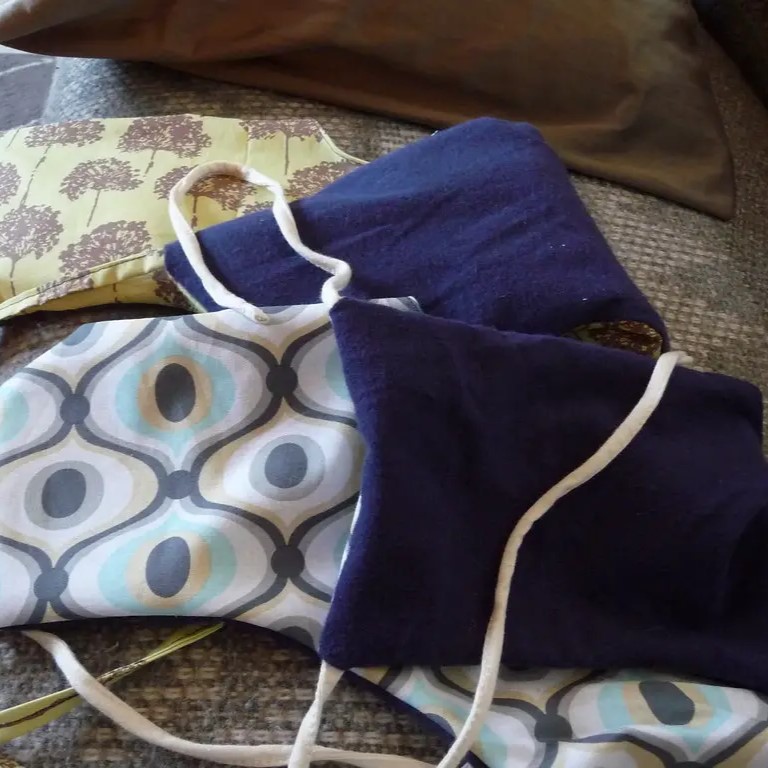 Alternatives to Overnight Heating Pad Use
Alternatives to Overnight Heating Pad Use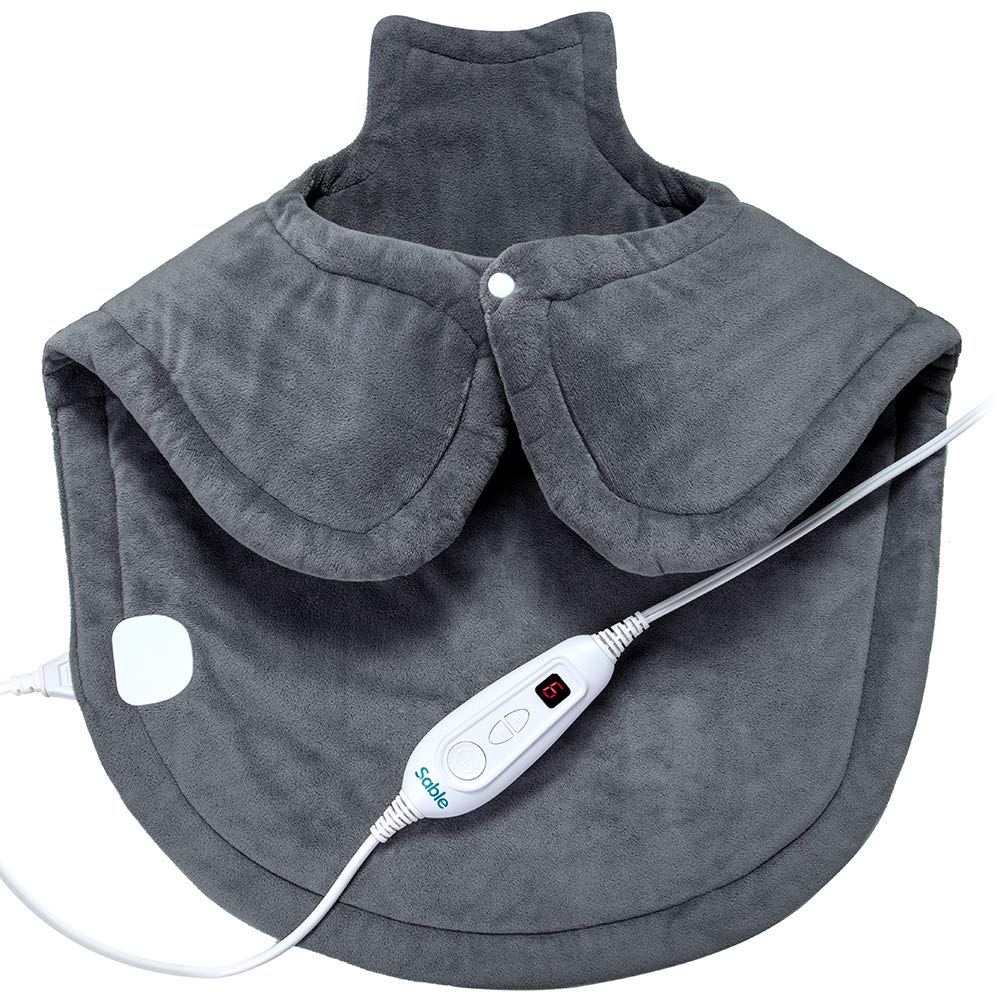
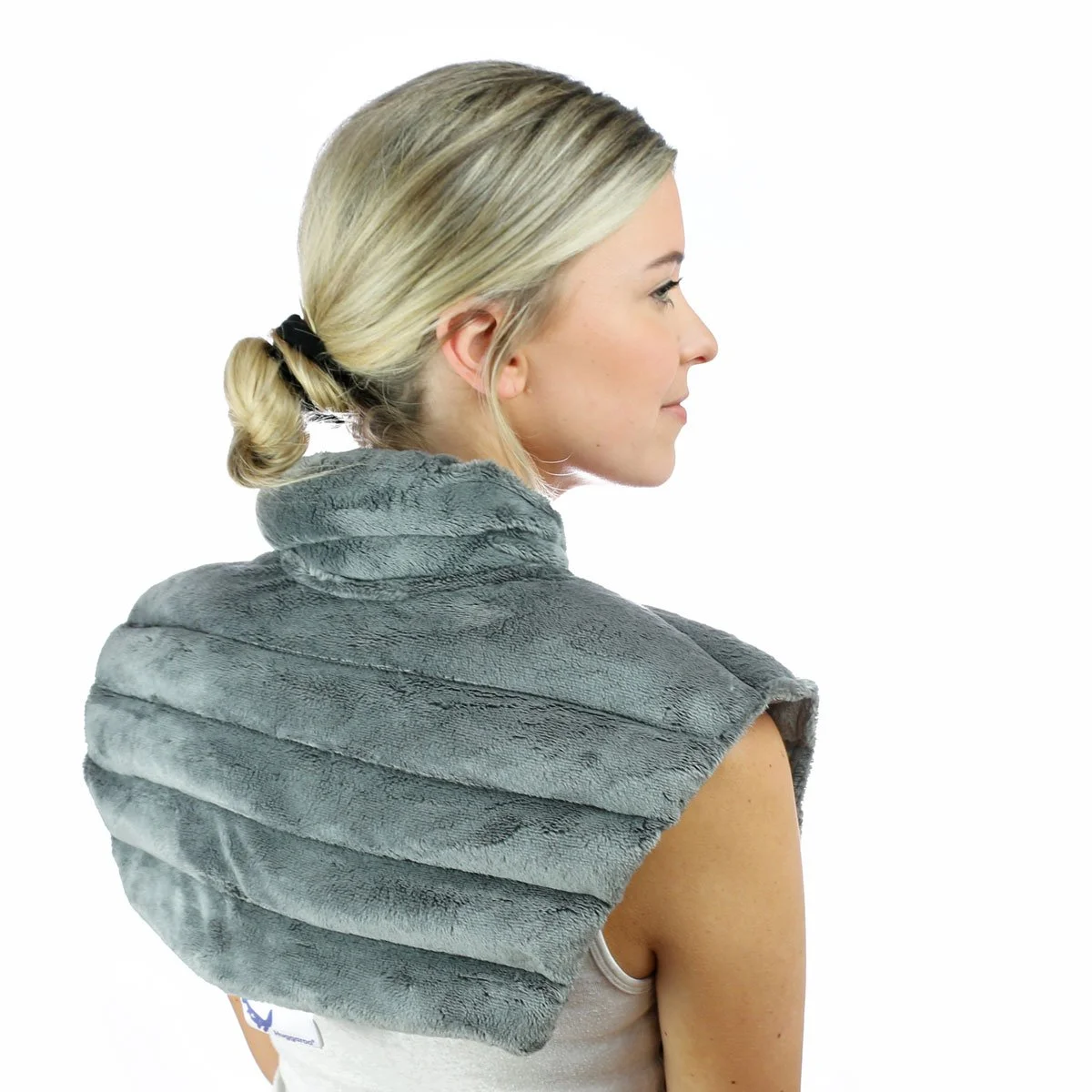
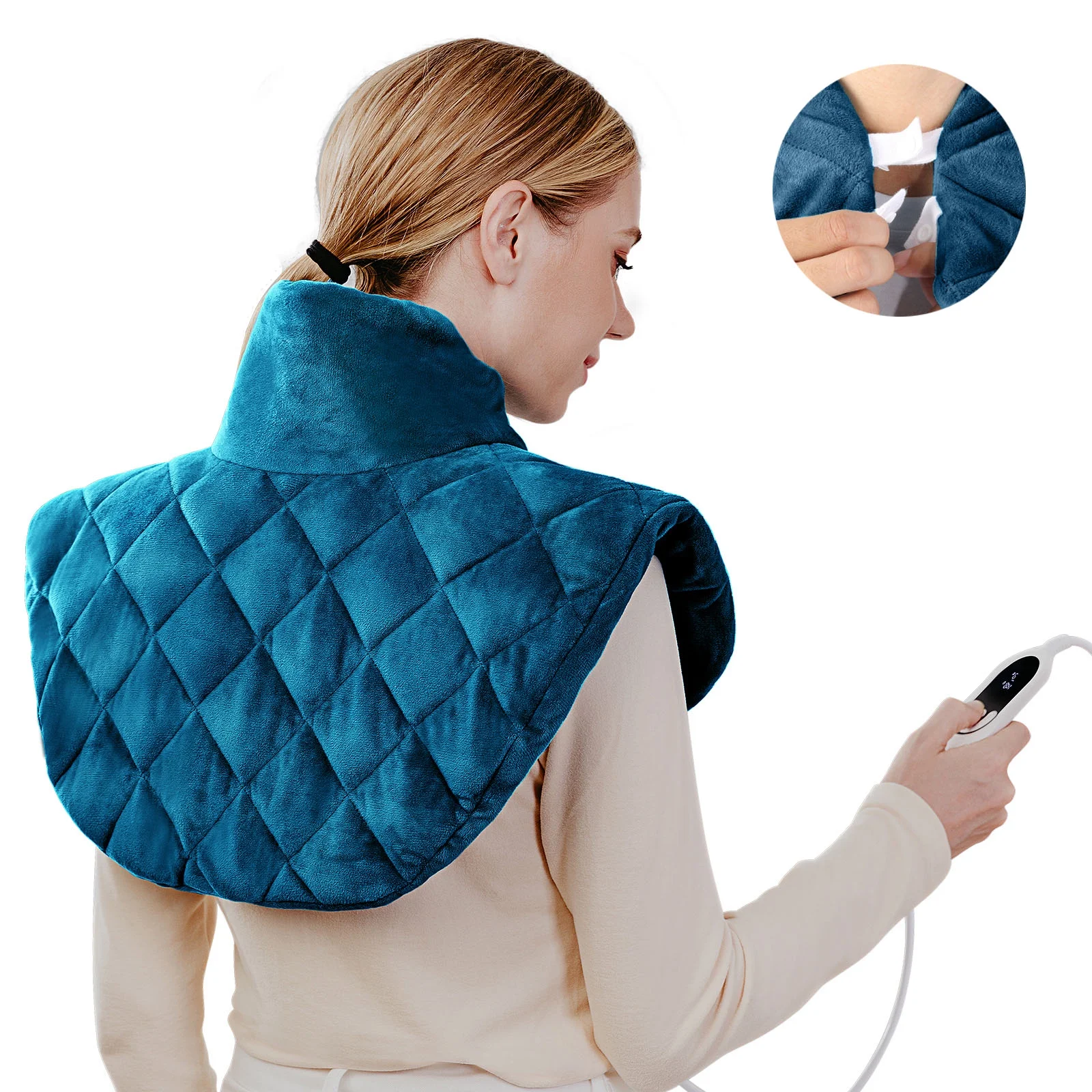 Key Features of Effective Weighted Heating Pads
Key Features of Effective Weighted Heating Pads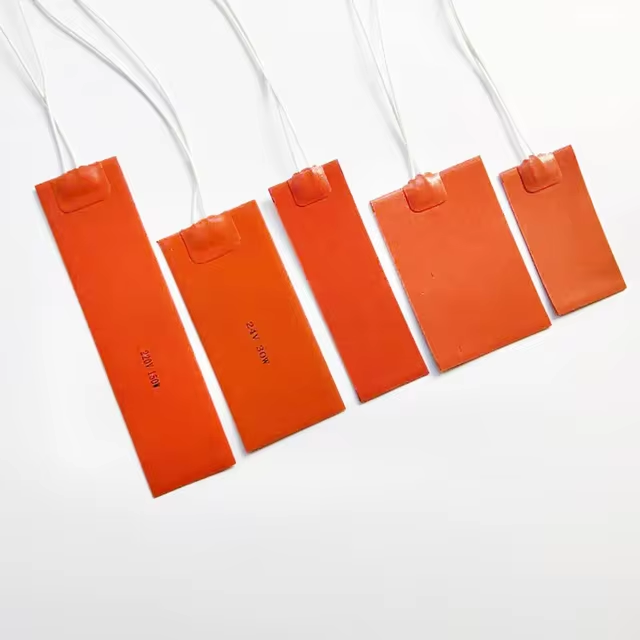
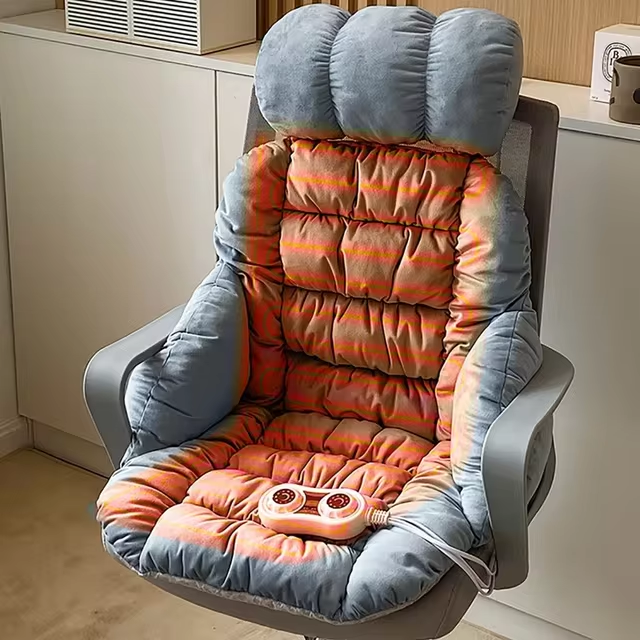
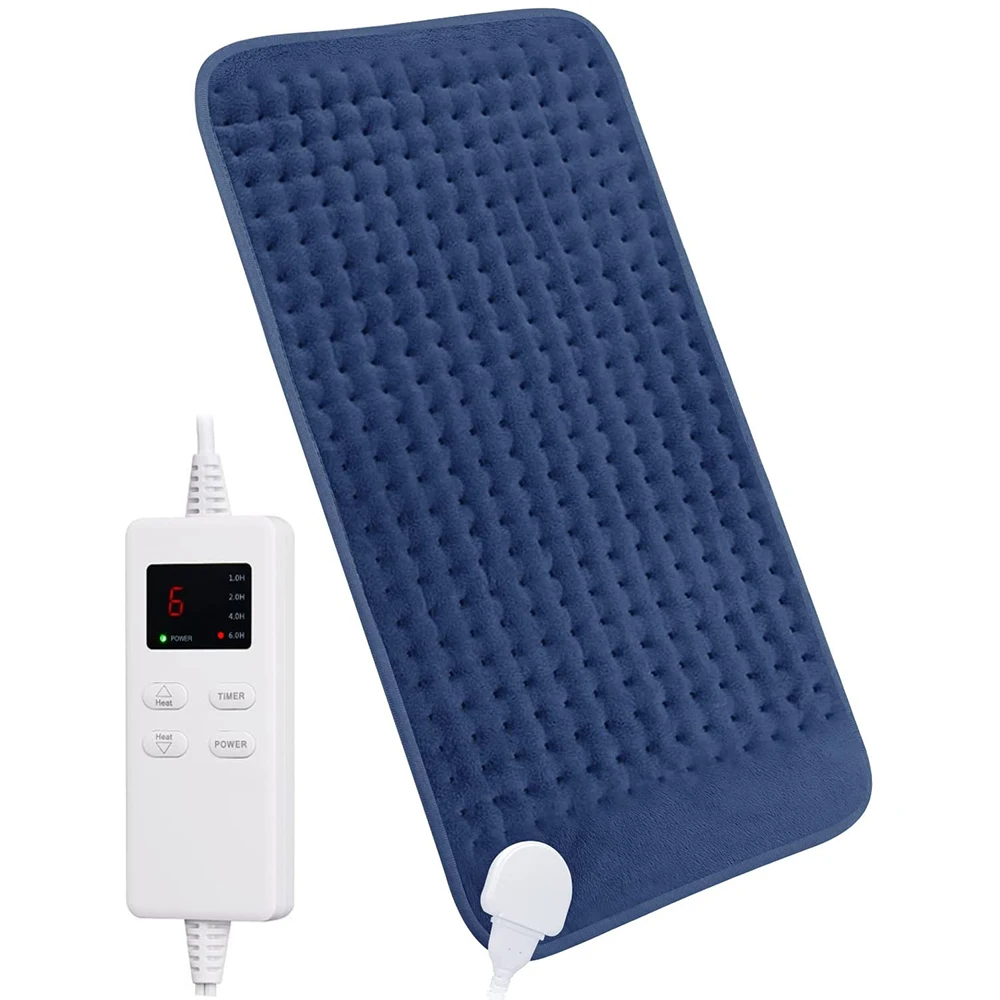







 Understanding the Importance of Choosing the Right Curling Iron
Understanding the Importance of Choosing the Right Curling Iron


